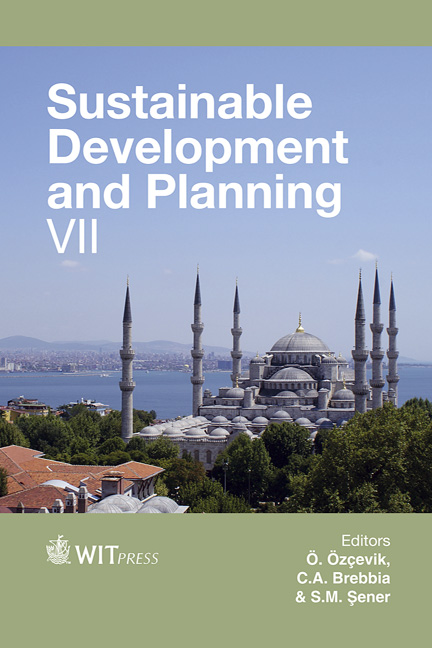Urban Quality And The Sustainable City In Norway: The Challenge Of Density
Price
Free (open access)
Transaction
Volume
193
Pages
11
Page Range
677 - 687
Published
2015
Size
753 kb
Paper DOI
10.2495/SDP150571
Copyright
WIT Press
Author(s)
F. Hernandez-Palacio
Abstract
Increasing urban density has been regarded as one of the key strategies to achieve sustainable urban ways of living. The compact city has become the paradigm of the sustainable urban form particularly because of its contribution to environmentally friendly mobility and the decrease of the carbon footprint. Density has also been a precondition to many of the qualities of the ‘good city’ in the tradition of architecture, urban design, and planning, long before the emergence of the concept of the sustainable city. This former ideal can be closely related to the principles behind the sustainable city, and can be a highly relevant contribution to the materialisation of sustainable built environments. The question addressed in this paper is how density can contribute to the ideal of the ‘good city’, since this quality is a key component of the Norwegian sustainable city policy. This paper analyses density as a key component of the concept of urban quality through a comprehensive literature review. The findings indicate that urban density was a key component of the ideal of the ‘good city’ long before the emergence of urban sustainability. Density has been incorporated later as an essential characteristic of the Norwegian sustainable city policy. Increasing density, however, may have two kinds of risk: the first is the decline of urban quality and its consequences in people’s quality of life, and the second is the increase of gentrification and the exacerbation of social inequalities.
Keywords
sustainable city, urban density, urban quality, sustainable city policy, compact city, good city, quality of life





